The Big Deal About Big Fitness Data
In July, I had the opportunity to deliver a webinar for MedFit Network on data analytics and population health for the medical fitness profession. I believe the MFN is spot on in their interest in data, and here’s why….
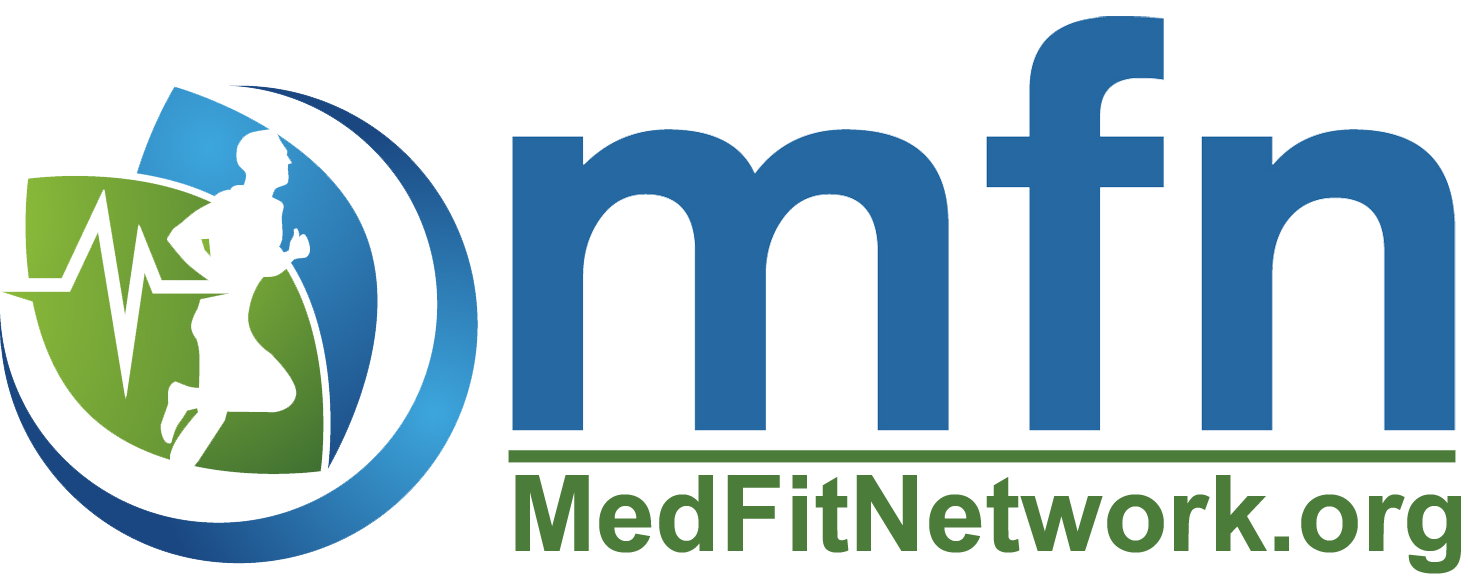

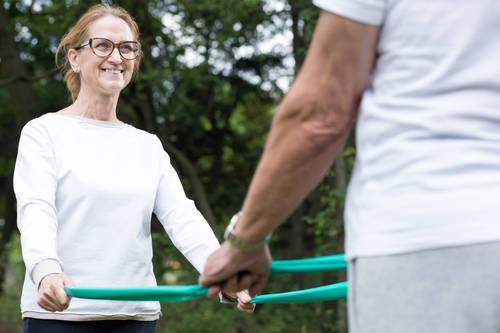
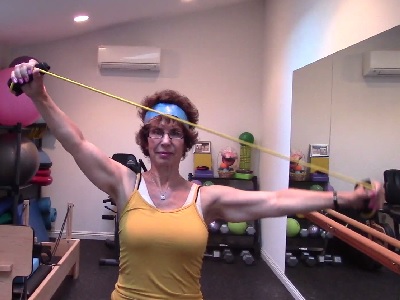


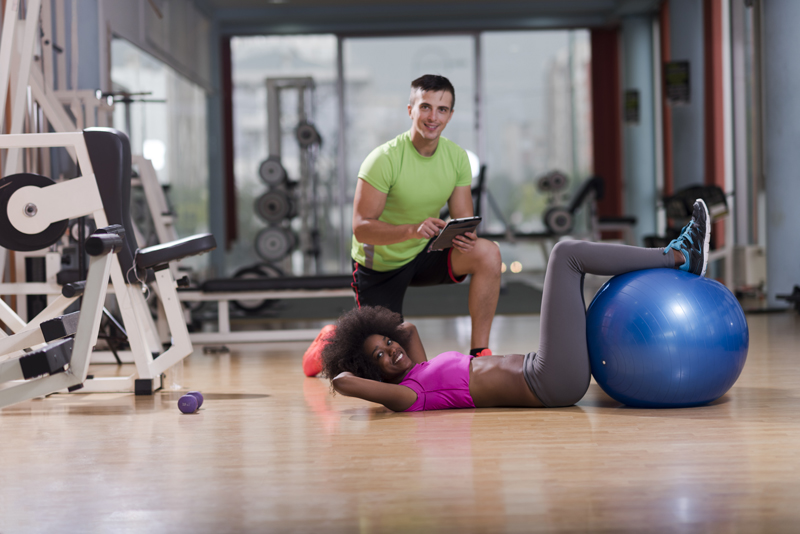
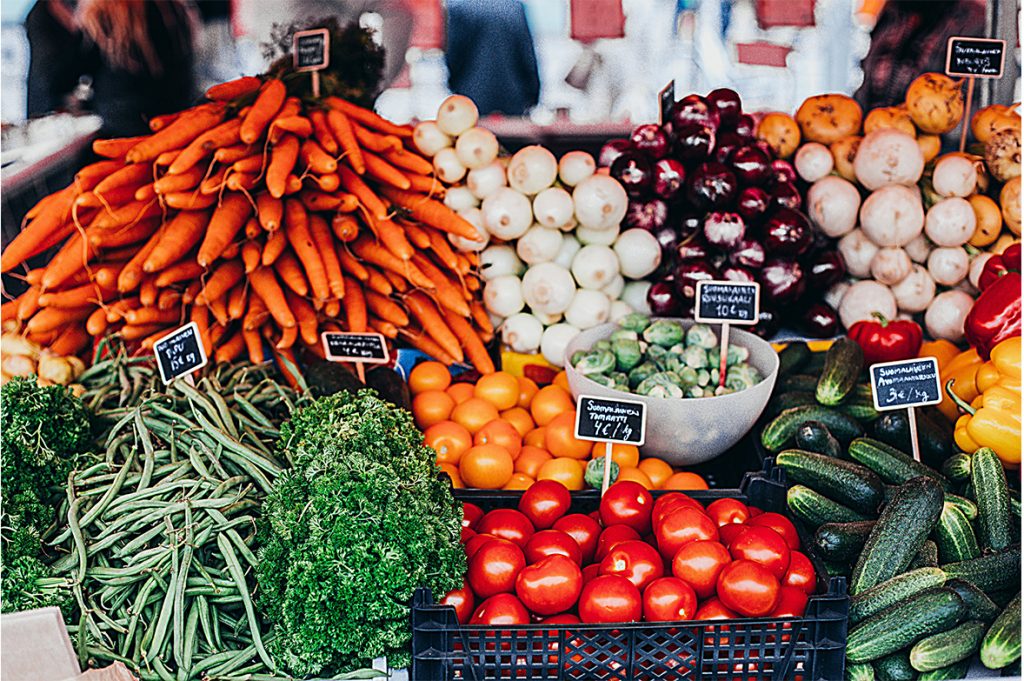


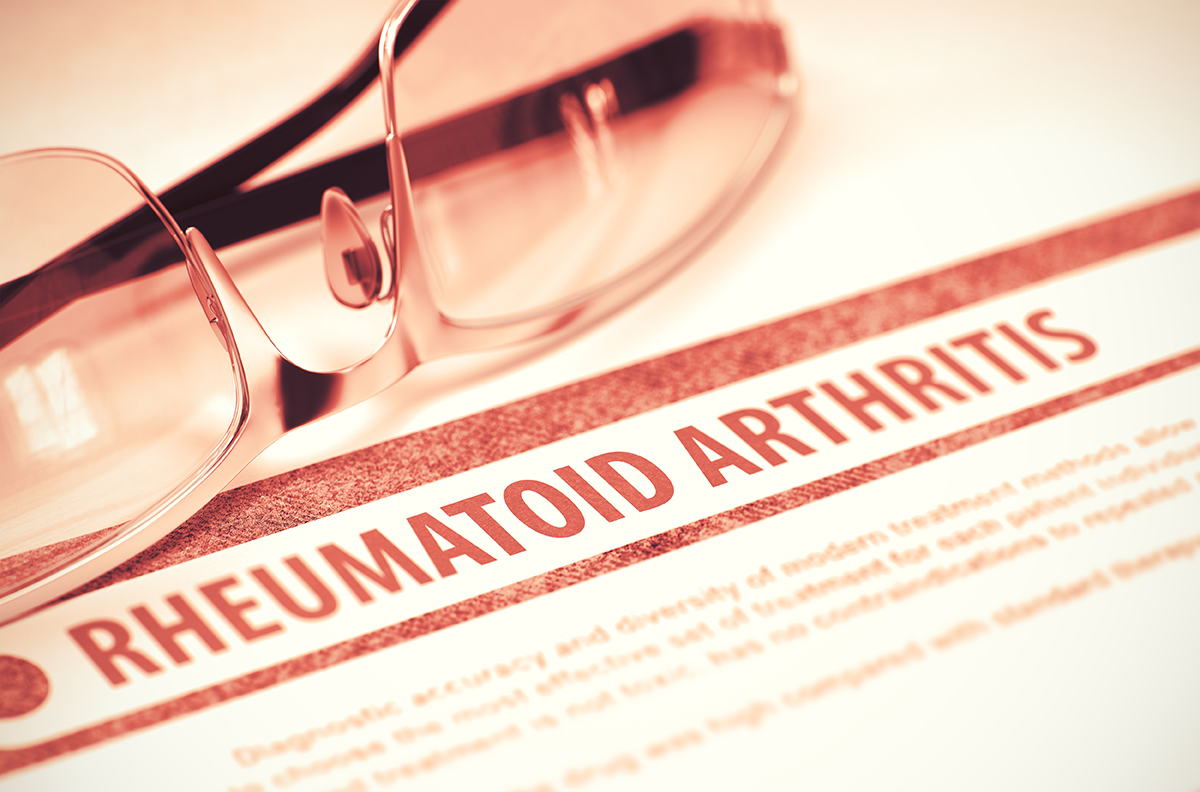

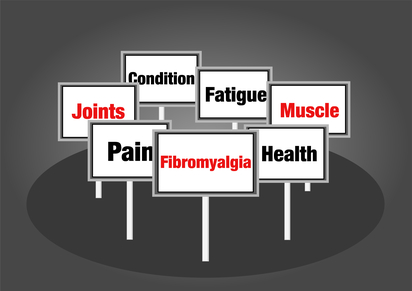 Approximately 4 million people in the United States live with fibromyalgia, an illness which manifests as severe muscle pain and chronic fatigue. Living with fibromyalgia — the cause of which is unknown, but seems to be connected to the nervous system — means coping on a daily basis with debilitating discomfort and a lack of energy, making exercise difficult. Indeed, a lot of different exercises can actually make the symptoms of fibromyalgia more acute, but there is a common misconception that exercise should be avoided completely by those with the condition.
Approximately 4 million people in the United States live with fibromyalgia, an illness which manifests as severe muscle pain and chronic fatigue. Living with fibromyalgia — the cause of which is unknown, but seems to be connected to the nervous system — means coping on a daily basis with debilitating discomfort and a lack of energy, making exercise difficult. Indeed, a lot of different exercises can actually make the symptoms of fibromyalgia more acute, but there is a common misconception that exercise should be avoided completely by those with the condition. Measure impact and recovery
Measure impact and recovery
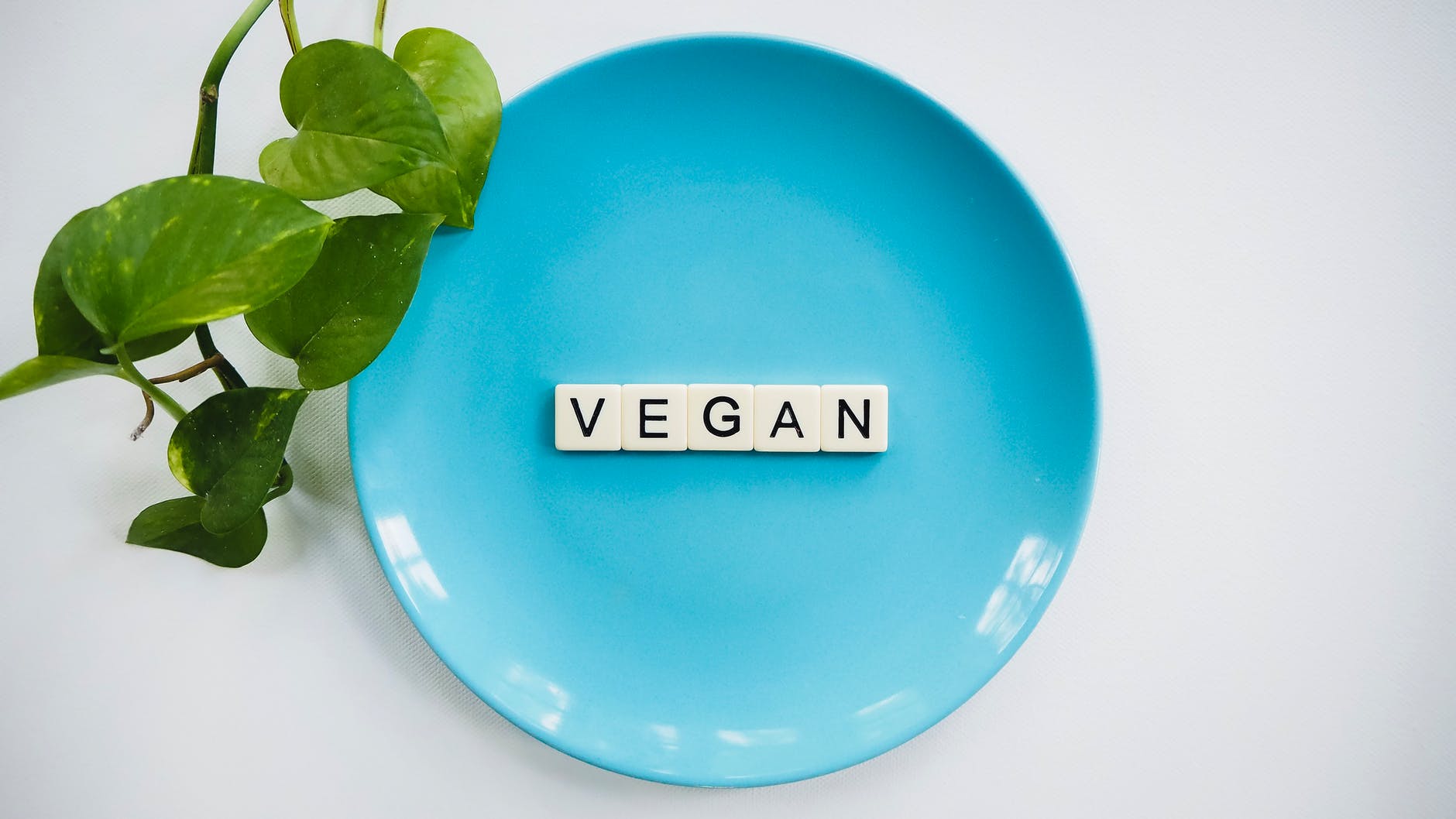
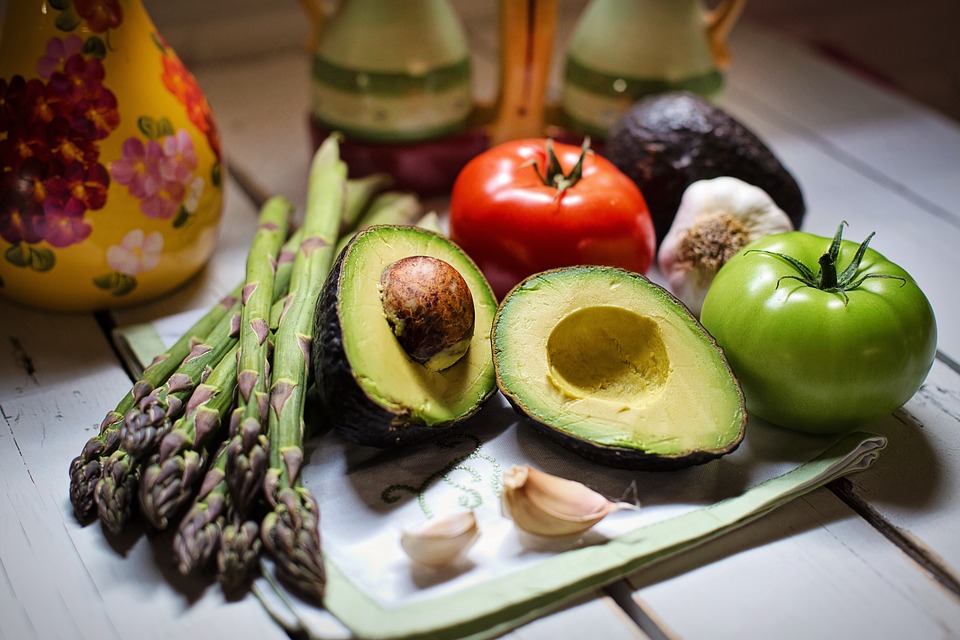 Fact or Fiction: The vegan diet is unlikely to support optimal performance in athletes?
Fact or Fiction: The vegan diet is unlikely to support optimal performance in athletes?